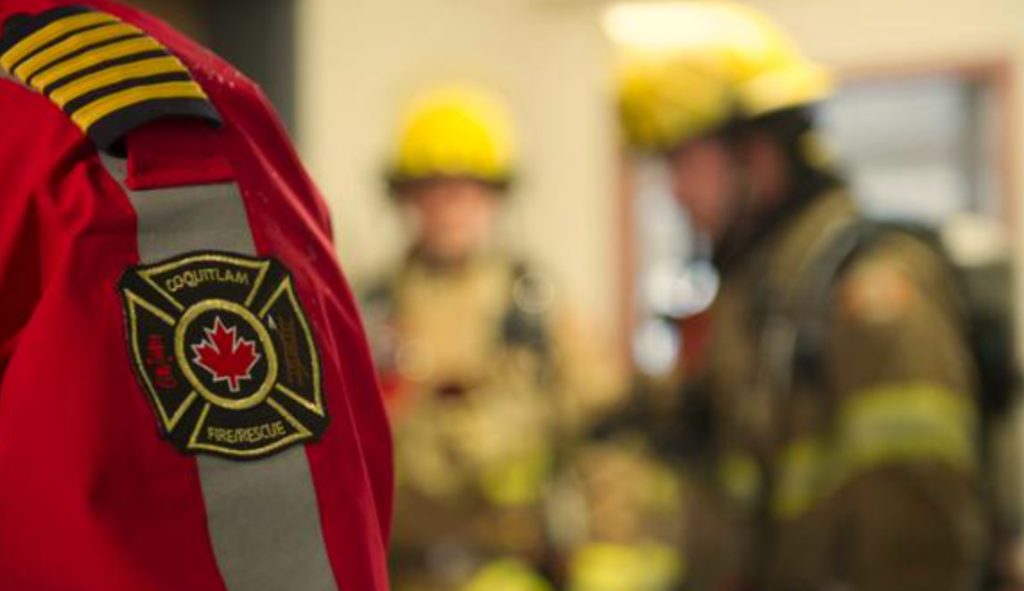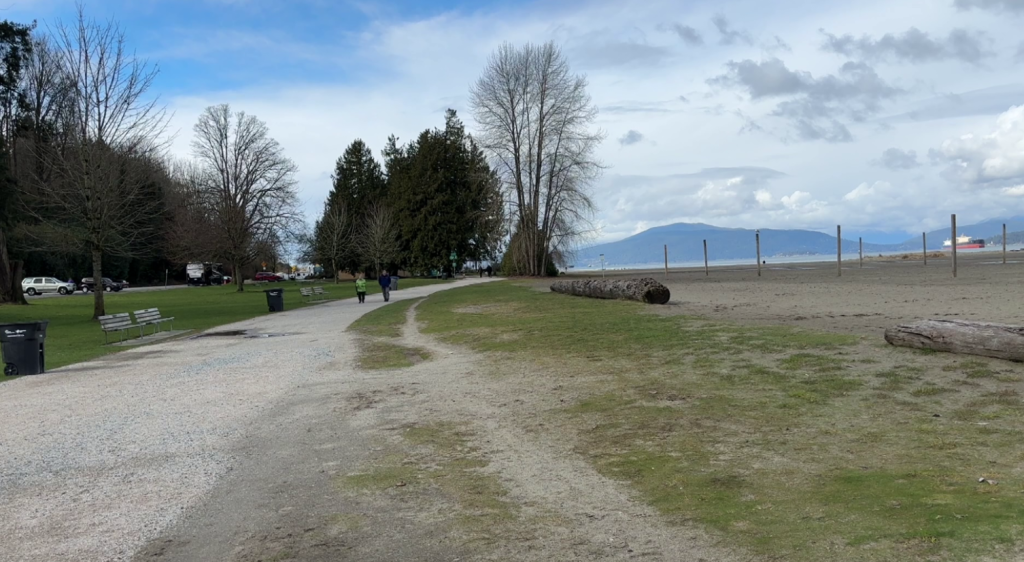Berlin art show pairs masterpieces of impressionism, expressionism
Posted May 22, 2015 12:13 am.
Last Updated May 22, 2015 3:10 am.
This article is more than 5 years old.
BERLIN – Camille Pissarro’s famous “Boulevard Montmartre at Night” shows a brightly illuminated avenue in Paris — the city lights turned into gentle dabs of oil paint. Next to the French impressionist’s 1897 work is a painting by German expressionist Ernst Ludwig Kirchner from 1912 depicting a Berlin street scene in flashy yellow, blue and black — the broad brush stokes clearly visible.
Both masterpieces are featured in “Impressionism – Expressionism: Art at a Turning Point,” a Berlin exhibition which opens Friday at the city’s Alte Nationalgalerie museum.
“In general people think of art history as linear, that first impressionism came and then expressionism as a reaction. It is not that simple,” Philipp Demandt, the director of Alte Nationalgalerie told The Associated Press. “Impressionism paved the way for expressionism and these two styles of art have a lot in common, and we show that here.”
Organizers say it’s the first time the two artistic styles are being presented together in one major show, tracing the differences and similarities of the movements that together revolutionized Western art between the end of the 19th century and the beginning of World War I.
“As we came up with this idea, we really all asked ourselves: Why has there never been an exhibition with impressionism and expressionism in dialogue?” said Udo Kittelmann, the director of the Nationalgalerie, which includes several museums, among them Alte Nationalgalerie.
More than 160 works by mainly French impressionists and German expressionists are on display in themed galleries, the majority of them from Berlin collections, but also from other museums around the world. The curators frequently paired impressionist with expressionist works to show the same subjects treated in different styles.
Both movements were fascinated by contemporary urban life, with scenes in bars, restaurants or cabarets. At the same time they also had a longing for nature and often took brush and easel outdoors.
“The difference is that the impressionists paint what they see, and only what they see, and try to keep their experiences and what they know away from the painting,” said Angelika Wesenberg, the show’s curator. “The expressionists think that this focus on just the surface is simply terrible and they paint what they feel, just what they feel.”
A motif of bathers opens the exhibition, with Paul Cezanne’s images of naked men and women by the water and Kirchner’s bathing women dancing through the waves of the Baltic Sea.
Famous nature scenes include Claude Monet’s three white-clad ladies in a rowboat on a pond in Giverny and Auguste Renoir’s chestnut tree in full pinkish bloom.
Franz Marc’s expressionist “Cows, Yellow/Red/Green” from 1912 shows three bright-colored animals dancing and seemingly embracing at the same time. For Marc, the organizers said, animals had a soul and were a symbol of life.
In the final gallery, works from 1913 capture the tensions of Germany’s deeply divided society as World War I approached. Otto Dix’s 1913 pale-yellow “Sunrise” with black crows rising before a grey sky projects a nightmarish atmosphere, while Emil Nolde’s “Battlefield” with a rearing, screaming horse seems to foretell the suffering of the impending war.
The exhibition runs through Sept. 20. It is accompanied by a series of events focusing on the art and time period from both German and French perspectives, with concerts, readings and lectures.
___
Follow Kirsten Grieshaber on Twitter at http://www.twitter.com/kugrieshaber










